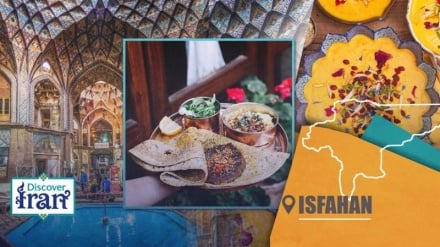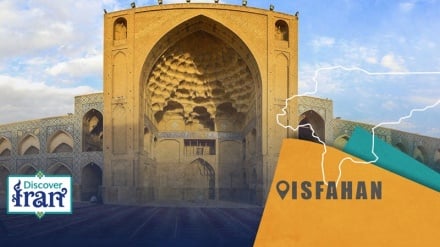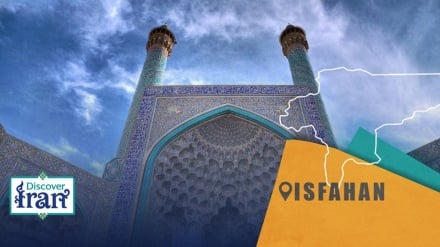New Jolfa neighborhood in Isfahan: A living symbol of cultural exchange, religious tolerance, artistic splendor
-
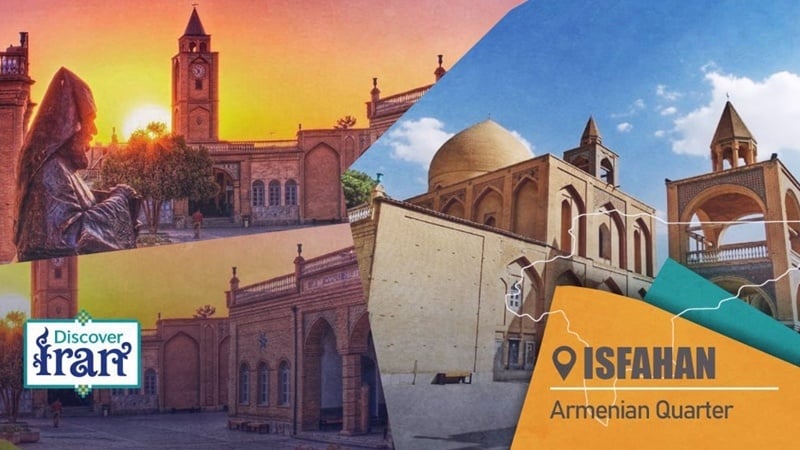
New Jolfa neighborhood in Isfahan: A living symbol of cultural exchange, religious tolerance, artistic splendor
Pars Today – New Jolfa is an ancient Armenian neighborhood established along the southern bank of the Zayandeh Rud River in Isfahan, Iran, during the Safavid era.
New Jolfa, founded in the 17th century, stands as a living symbol of cultural exchange, religious tolerance, and artistic grandeur. According to Pars Today, quoting Press TV, its narrow alleys, brick houses, intricately carved wooden balconies, and tranquil courtyards create a unique atmosphere, almost like a separate world within the city.
This neighborhood emerged from exile but became one of the most remarkable examples of cultural coexistence and global trade in early modern history. The story of New Jolfa began in 1606, when Shah Abbas of the Safavid dynasty relocated thousands of Armenian families from Old Jolfa along the Aras River to his new capital. While this move appeared to be an exile, it had a dual purpose: to protect the Armenians from Ottoman expansion and to serve the strategic interests of the Safavid state.
Armenians were renowned as skilled merchants, artisans, and diplomats. By settling them on the southern bank of the Zayandeh Rud River, the Safavid state gained access to extensive trade networks stretching from Amsterdam to Calcutta, Manila, and Venice. They played a key role in the silk trade and acted as intermediaries between Iran and Europe, without relying on Ottoman middlemen.
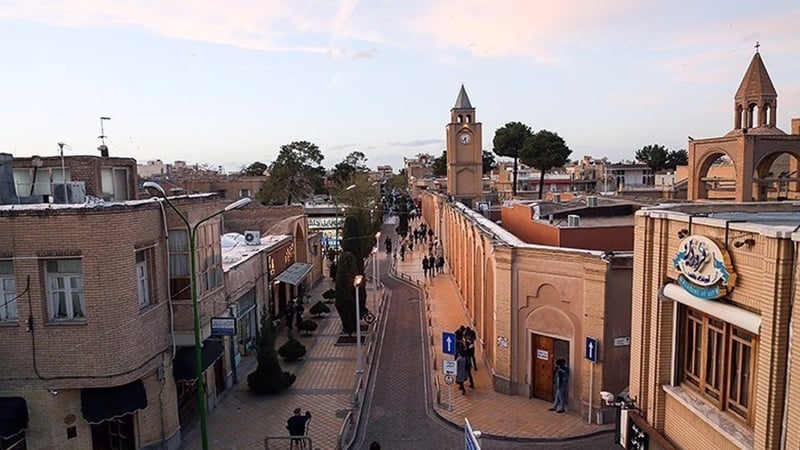
In a short period, New Jolfa became one of Asia’s major commercial centers. The Armenians’ role extended beyond trade; they served as representatives of the Safavid Shah in foreign courts and acted as cultural and political bridges. The wealth generated from commerce was reflected in garden houses, libraries filled with manuscripts, and magnificent churches.
The most famous church in the neighborhood is Vank Cathedral, built in the mid-17th century. The church combines Armenian architecture with Safavid style; its exterior is simple, but the interior is adorned with rich murals depicting biblical scenes and Persian motifs.
The Vank Cathedral Museum houses a valuable collection of manuscripts, religious chalices, priestly vestments, and historical documents. It also features one of Iran’s oldest printing presses, brought to New Jolfa in 1636. The Armenian Genocide memorial, built on the church grounds in the 1970s, commemorates the victims of the 1915 Ottoman massacres.
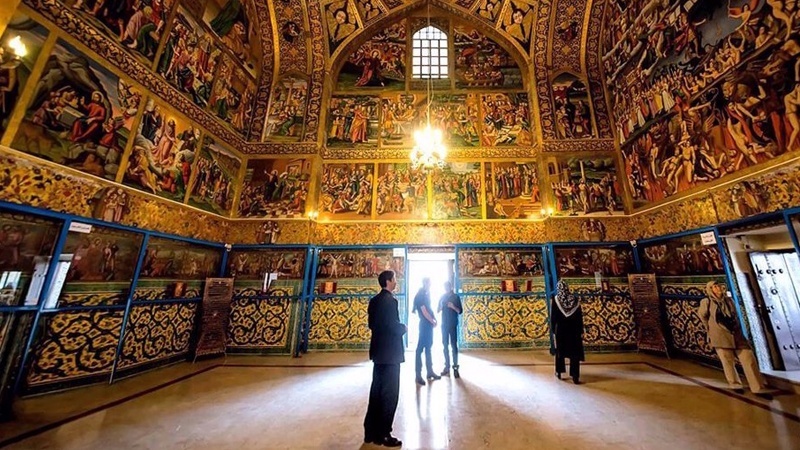
In addition to Vank Cathedral, more than a dozen other churches were built in New Jolfa, each carrying its own unique history and artistry—from the delicate paintings of St. Mary’s Church to the 72 vibrant murals of Bethlehem Church.
During that period, religious freedom for Armenians in Iran was unparalleled. Despite living in a Muslim-majority country, they were able to practice their faith freely and maintain their institutions. Peaceful coexistence with the Muslims of Isfahan has continued not only in the past but also to this day.
For the Muslims of Isfahan, New Jolfa serves as a reminder that their city has always been a meeting place of civilizations—a place where the call to prayers and the ringing of church bells can be heard side by side.
Despite the migration of many Armenians in the 20th century, New Jolfa remains one of the most active Armenian cultural centers in West Asia. Today, the neighborhood is known for its cafés and restaurants housed in restored historic homes. Its cobblestone streets lead to cafés filled with the aroma of Armenian coffee and to shops selling silver crosses, carpets, and artistic artworks.
These spaces attract both tourists and locals, offering modern social life alongside historic architecture. Muslims and Armenians continue to live side by side, and the Armenian community has preserved its schools, libraries, and cultural associations. Celebrations such as Christmas and Easter are still held with grandeur, and Muslims participate in these events in a spirit of solidarity.
The history of trade, churches, museums, and daily life in New Jolfa demonstrates how people were able to thrive while preserving their identity, and this heritage remains alive today.
